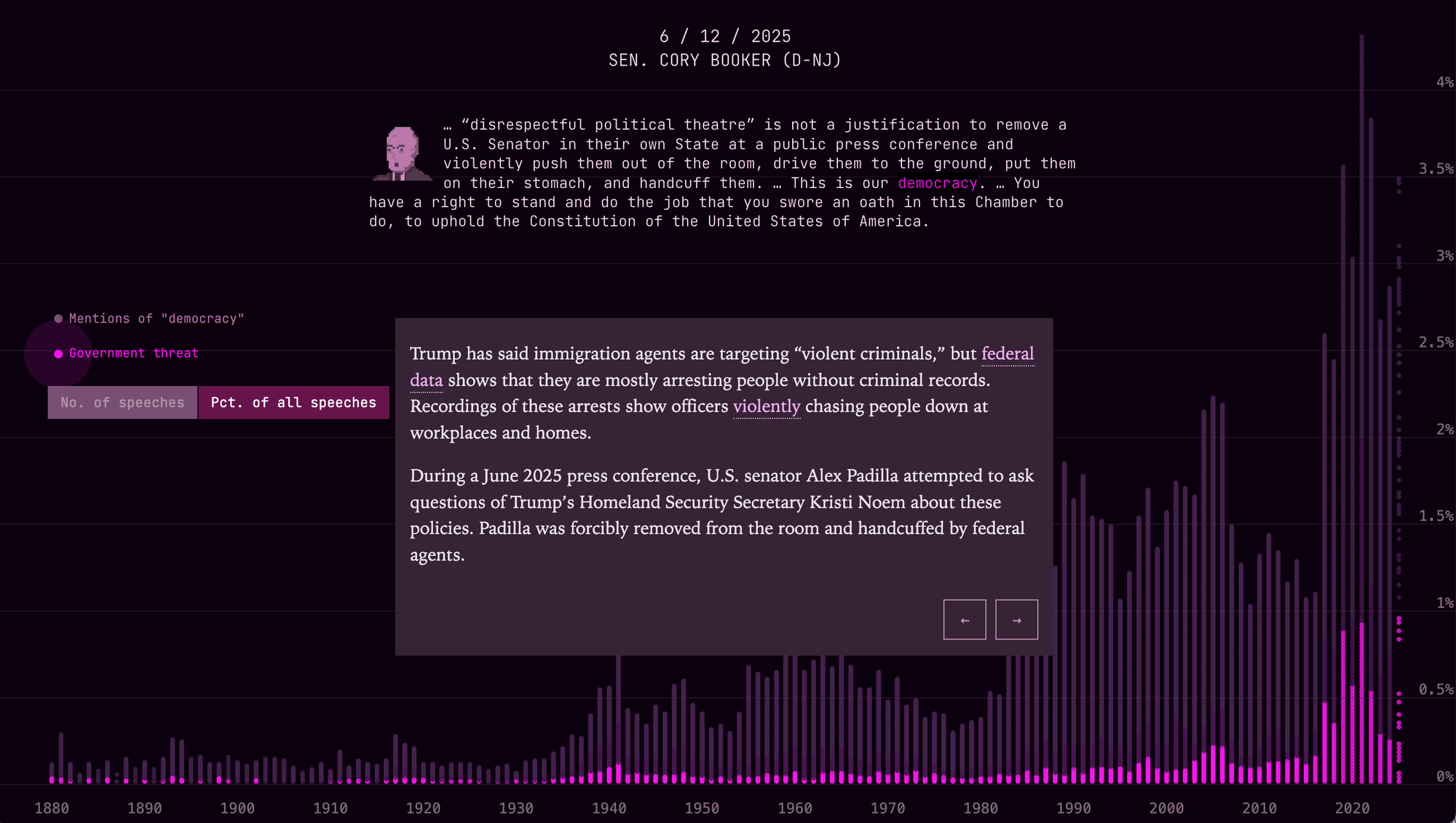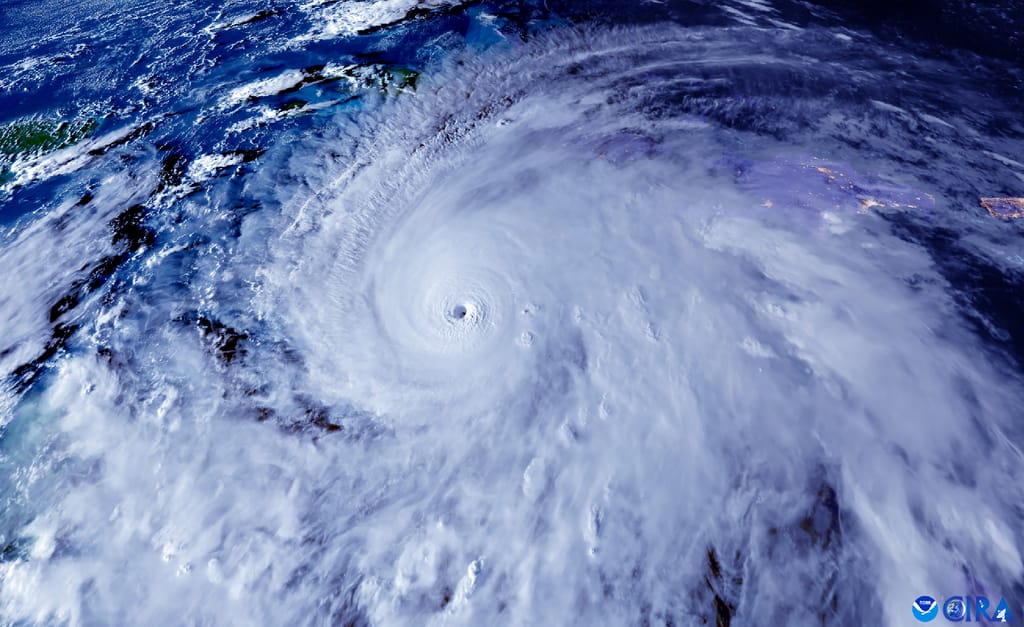Was this email forwarded to you? Subscribe here to receive Not-Ship in your inbox weekly. And as always, let me know what you think.
💙 Amanda
Just days ago, Hurricane Melissa slammed into Jamaica with wind speeds of 298 km/h (185 mph). The Category 5 colossus became one of the most powerful Atlantic hurricanes on record.
Forty-five Category 5 hurricanes have hit the Atlantic since 1851
A Category 5 hurricane has wind speeds greater than 252 km/h (157 mph)
The climate crisis helped make the fury of Melissa possible. An analysis by Imperial College London stated: "This event was unlikely without climate change."
The warming planet means we're seeing storms well above the Category 5 threshold, and scientists expect wind speed records will continue to be broken.
As storms intensify, it's worth asking: Do we need a new way to categorize hurricanes?"
Here's how hurricanes are currently categorized
The system that groups hurricanes into categories 1 through 5 is called the Saffir-Simpson Hurricane Wind Scale. The categories are based on maximum sustained wind speed. Category 5 is reserved for storms with the strongest winds.
As wind speeds increase, so does the potential for damage. But that probability of destruction is not linear, it's logarithmic. That means even small rises in wind speed produce big jumps in damage.
Increase in hurricane damage compared to wind speed
How many times more damage, as compared to a 121 km/h (75 mph) hurricane
There are a few issues with this system. For one, it is open-ended. As climate change creates stronger hurricanes, they will only ever remain a Category 5.
And then there's another problem — the Saffir-Simpson scale only considers the impact of wind speed.
“We know that wind only accounts for less than 10% of fatalities in general, but yet our current category system is based on wind alone,” hurricane researcher Jennifer Collins told weather.com. Collins studies extreme storms at the University of South Florida. “Storm surge accounts for closer to 50% and rainfall accounts for closer to 30% so why not have a hurricane scale which takes into account all these hazards?”
So, Collins and her colleagues proposed a new system.
Here's how their proposed scale works
Their Tropical Cyclone Severity Scale considers three hazards. It includes wind speed, using the same thresholds as the Saffir-Simpson scale, but also incorporates storm surge and rainfall.
The Tropical Cyclone Severity Scale
When determining the severity of a storm, each hazard gets a category. So, a hurricane could be a Category 4 in wind speed, a Category 2 in storm surge, and a Category 1 in rainfall. Then, the new scale combines them into a single categorization with a few rules:
- The final categorization can't be lower than the highest hazard-based category.
- If two or more hazards have the same classification, then the final categorization should be one category higher than that.
- A Category 6 can happen if a) there are two or more hazards with a Category 5 or b) there is one hazard with a Category 5 and two with a Category 4.
It's actually pretty simple. Let me show you how it works, using Hurricane Katrina. Katrina was classified as a Category 3; however it was the third-deadliest hurricane to hit mainland US — 1800 deaths — as well as the costliest: $125 billion in damages.
At landfall, Katrina had wind speeds of 198 km/h; a storm surge of about 8 meters; and about 415 mm of rainfall.
Under the new system, Katrina would have been classified as a Category 5 hurricane. Other significant storms would also have different classifications, including a few in Category 6.
The new scale outperforms the Saffir-Simpson Hurricane Wind Scale in predicting damage from historical events. And crucially, it's also better at encouraging the public to take precautionary action, which could save lives.
Storms strong enough to earn a Category 6 label are already here. The question is whether our warning systems will catch up before the next one makes landfall.
The paper that tests the efficacy of the Tropical Cyclone Severity Scale was published just a few months back. It's a large-scale study —about 4000 participants — and worth a read, if that's your kind of thing.
FROM ELSEWHERE
Here's what I found interesting, important or delightful this week:
Data in pursuit of democracy. Alvin Chang — a paid Not-Ship member! — has identified every time the word 'democracy' appears in the US Congressional Record since 1880. The extensive analysis shows Congress is more worried about threats to democracy than ever before.

10,151 feathers. Avian data enthusiast Jer Thorpe has made a visualization of nearly every bird in the world. He used colors extracted from Wikipedia.
"Your decidedly human web crawler." Since 2011, David Bauer has recommended nearly 3,000 hand-picked links in his newsletter the Weekly Filet. Cleverly, he has also turned those links into a huge database of the best things to watch, read and listen to across the Internet.



Member discussion